May 15, 2025 | 01:24 GMT +7
May 15, 2025 | 01:24 GMT +7
Hotline: 0913.378.918
May 15, 2025 | 01:24 GMT +7
Hotline: 0913.378.918
Finding a solution for coffee trees in the Central Highlands is an urgent matter and must be seriously considered, as coffee trees in particular and some industrial crops in general are experiencing such an unfavourable and difficult period.
Today in Vietnam, not only coffee but also sugarcane are in the same difficult situation. Besides, it will be very easy for other crops to fall into the situation of unsalability and value depreciation if the production does not follow plans and market trends.
Even for forest trees, we keep growing acacia and eucalyptus under old method that all trees are cut down just after few years. This method offers people only limited income and forests have to be replanted. We must also raise the question why only acacia and eucalyptus are planted?
So how to improve the lives of people in the mountainous areas while keeping the forest ever green?
The Party and Government have paid great attention to these areas. Most of the people here are ethnic minorities who are beneficiaries of the State’s big programs for life revival. We also long to change production objects for these areas.
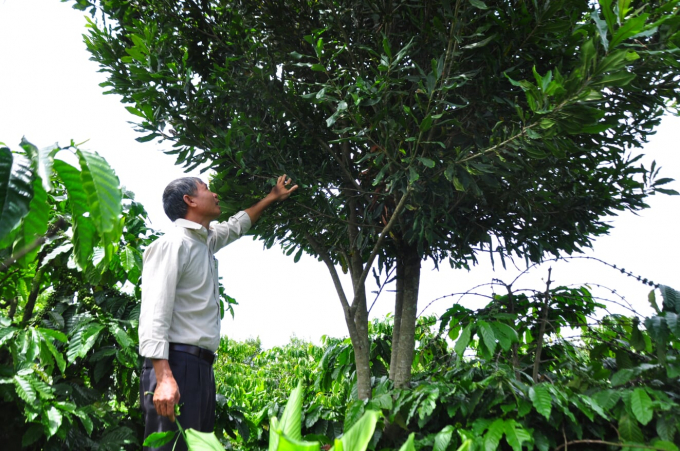
Coffee - macadamia intercropping model has helped many people in Lam Ha district (Lam Dong province) get out of difficulties resulting from the pro – longed low coffee price. Photo: Minh Hau.
In the past days in the Central Highlands, industrial crops like coffee, cocoa, tea, pepper, rubber, sugarcane, mulberry…have made the region well-known. They helped change the lives of people in the Central Highlands as well as make them wealthy. People from everywhere rushed to the Central Highlands. However, the immense forests here have been gradually replaced by industrial crops.
Memories recalled in 1979 when we travelled to the Central Highlands with the delegation of Prof. Dr. Phan Phai to assist this region, the forests were so immense even the front and rear vehicles could not see each other. The forests were cloudy and dense which nowadays are totally different, mountains and hills are full of coffee and tea trees.
We can even see towards the horizon. Very few places have immense forests as before. The coffee growing area is being expanded. Vietnam at times was ranked second in the world in terms of coffee production (although accounting for 5% of the world’s production compared to 90% of Brazil).
Up to now, due to many reasons, coffee price is not as high as before, some coffee farmers are falling into difficult situation, many of them are deeply in debt. However, there are still families which are able to stand firm and overcome such difficult time.
Those are households that carried out intercropping some effective trees in the coffee gardens such as avocado, durian, and especially macadamia. Whether coffee suffers losses or brings low income, the other trees still help farmers have good income, even very good one.
We have visited dozens of families that intercrop macadamia with coffee. Many families in Lam Ha district (Lam Dong province) carried out this model quite early. For such familes, the fluctuation of coffee price has no impact on them as income from macadamia is their main income.
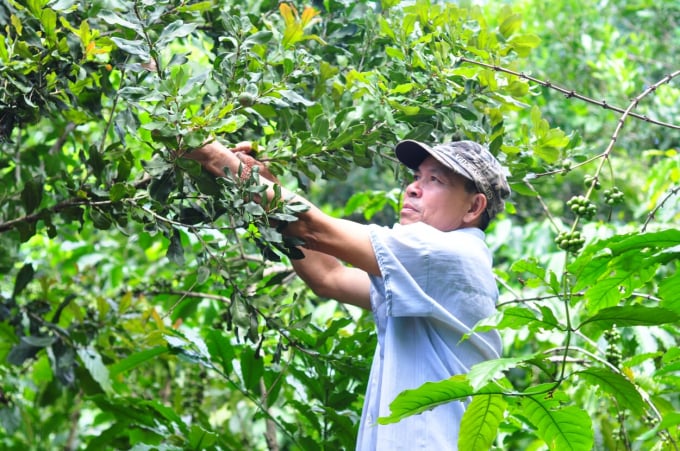
Coffee - macadamia intercropping model has been applied by many households in Di Linh district (Lam Dong province). Photo: Minh Hau.
Those who have visited the gardens of Mr. Hoa and Mr. Son at Tan Hoa commune (Lam Ha district) can see the great effect of the macadamia – coffee intercrop model. Thanks to this model, they earn high income and have built beautiful houses and even can afford to buy cars, ...
Intercropping macadamia with coffee in the garden brings about many benefits. Firstly, it is no need to be worried about finding land. Macadamia is intercropped right in coffee gardens. Each hectare can be intercropped from 150 to 200 macadamia. In China, they intercrop even more densely.
Secondly, coffee is a canopy plant. With macadamia canopy, coffee will grow better with higher yield. Thirdly, these two plants do not share pests which greatly limits the spread of diseases to each other. Fourthly, on the same area, it is possible to harvest both coffee and macadamia.
Macadamia also helps much in forest protection. We have visited many macadamia growing regions in Australia. The macadamia here grows into forests, of which some macadamia forests are 60 years old, making an amazing forestry model.
The macadamia not only has duty to protect environment but also allows annual harvest (the output of macadamia in some areas is even higher than that of agricultural crops). As a matter of fact, the development of macadamia is remarkably meaningful to the lives of people and the farming areas.
In Dien Bien province, Dien Bien Vinamacca JSC. has planted more than 2,000 ha of macadamia in bare hills and mountains which have left uncultivated for a long time (in Tuan Giao district). This will be an eternal forest bringing about big income every year.
Macadamia intercropped or separately planted is all helpful. Hopefully in coffee growing areas, farmers should think about intercropping macadamia with coffee instead of removing coffee trees.
Translated by Boi Thu
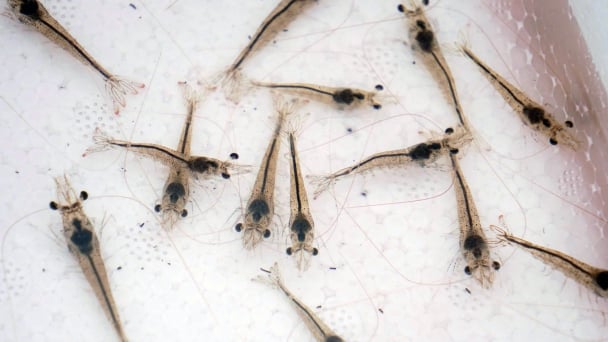
(VAN) Use of high-quality broodstock and biotechnology is regarded as the most effective approach to ensuring sustainable and economically viable shrimp aquaculture ahead of climate change and the emergence of increasingly intricate disease patterns.
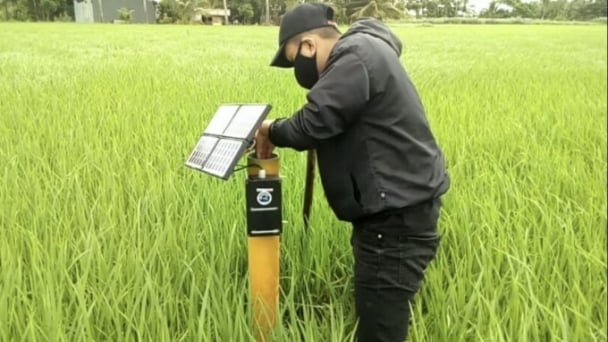
(VAN) Carbon farming is a form of agricultural practices that helps absorb more greenhouse gases than it emits, through smart management of soil, crops, and livestock.

(VAN) This is a key content of the Memorandum of Understanding recently signed between the Vietnam Fisheries Society and Kunihiro Inc of Japan.
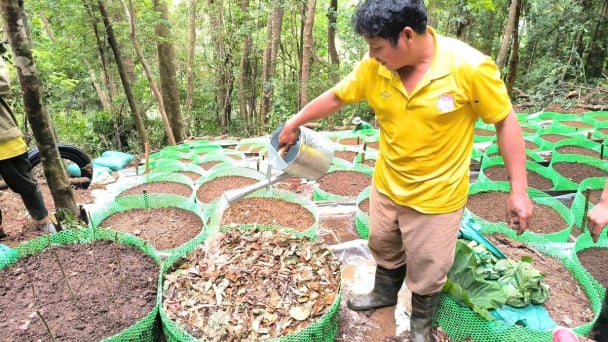
(VAN) To achieve the goal, local authorities and businesses in Kon Tum province have fully prepared the necessary conditions for the new Ngoc Linh ginseng planting season.
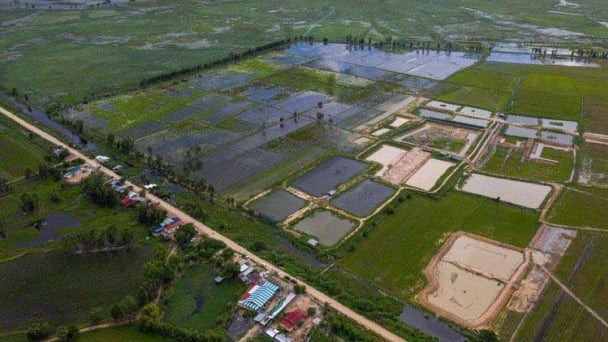
(VAN) Jiangsu province is gearing up to host training programs in Phnom Penh, the capital of Cambodia, this year to establish the Fish and Rice Corridor.
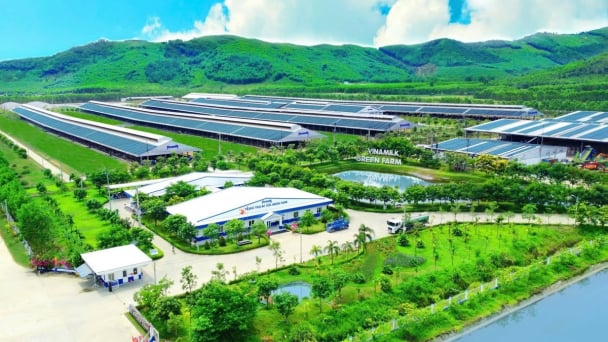
(VAN) Le Hoang Minh, representing Vinamilk, shared the company's experience in energy saving and green energy transition for production at a workshop held during the P4G Summit.
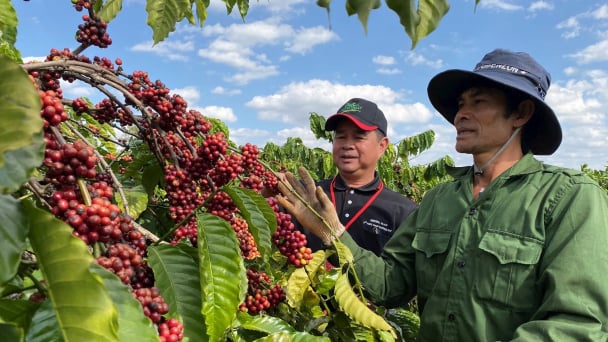
(VAN) Businesses emphasize fairness and equality when integrating social factors into their sustainable development strategies.